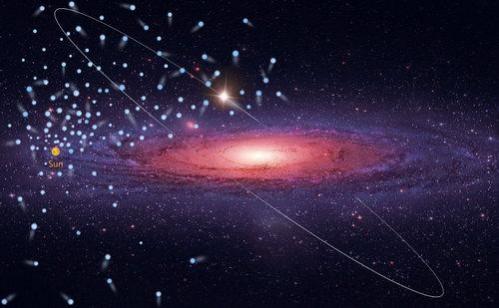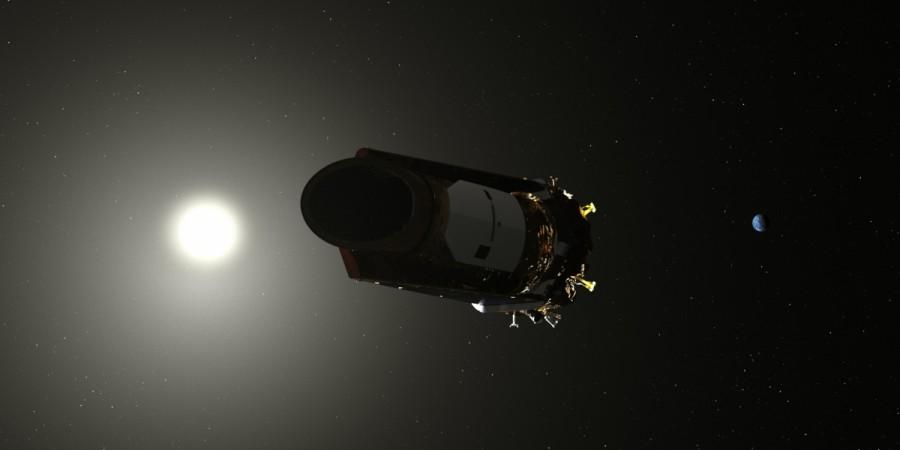A team of Chinese astronomers has discovered 591 high-velocity stars gleaning data from the Large Sky Area Multi-Object Fiber Spectroscopic Telescope (LAMOST) and the European Space Agency's Gaia satellite.
The new discovery has doubled the total number known, said Li Yinbi, lead author of the research from National Astronomical Observatories of the Chinese Academy of Sciences (NAOC). High-velocity stars can provide deep insights into a wide range of topics within galactic science, from the central supermassive black hole to the distant galactic halo, said another researcher Lu Youjun from NAOC.

Chinese astronomers discovered 591 high velocity stars from LAMOST and GaiaA, and 43 of them can even escape from the Galaxy. Ever since discovery of the first high velocity star in 2005, there are in total of over 550 high velocity stars found with multiple telescopes in 15 years.
"The 591 high velocity stars discovered this time doubled the total number of high velocity stars previously discovered, bringing the total number exceeding 1000." said Dr. Yin-Bi Li. The research paper has been recently published online in the Astrophysical Journal Supplement Series.
High velocity stars are fast-moving stars, and they can even escape from the Galaxy. "Though rare in the Milky Way, high velocity stars, with unique kinematics, can provide deep insight into a wide range of Galactic science, from the central supermassive black hole to distant Galactic halo." said Prof. You-Jun Lu from NAOC, co-author of this research.

LAMOST is the largest optical telescope in China, which has the highest spectral acquisition rate in the world with capability to observe about 4,000 celestial targets in one single exposure. It started scanning the stars in 2012 and has established the largest spectra database in the world.
Gaia - ESA Mission
Gaia is a space-based mission of the European Space Agency (ESA) launched in 2013, that has provided astrometric parameters for over 1.3 billion sources, the largest database of astrometric parameters. "The two massive databases provide us unprecedented opportunity to find more high velocity stars, and we did it," said A-Li Luo from NAOC.
From the kinematics and chemistries, research team found that the 591 high velocity stars are inner halo stars. "Their low metallicities indicate that the bulk of the stellar halo formed as a consequence of the accretion and tidal disruption of dwarf galaxies." said Gang Zhao from NAOC, co-author of this research.
The discovery of so many high velocity stars shows that the combination of multiple large surveys in the future will help astronomers to discover more high velocity stars and other rare stars, which will be used to study the unsolved mystery about our Galaxy.

















